35 Unique Car Features From The 1980s
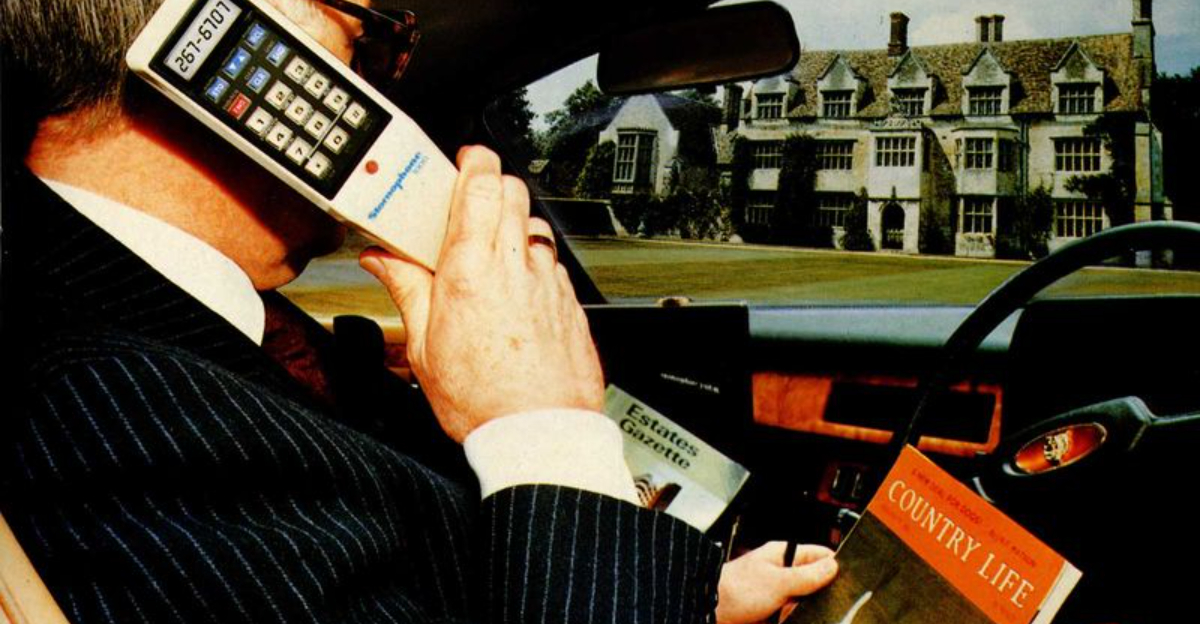
The 1980s was a decade of change for the automotive industry, introducing a slew of innovative features that defined the cars of the time. From bold technological advancements to quirky design choices, the ’80s were a turning point in automotive history.
These unique features, which were once groundbreaking, have since become either obsolete or significantly evolved. But they still hold a special place in the hearts of enthusiasts and those who remember cruising down the highway in a car that felt like it was straight out of a futuristic movie.
Let’s take a ride through 35 unique car features from the 1980s that left their mark on the automotive world.
1. Digital Dashboards
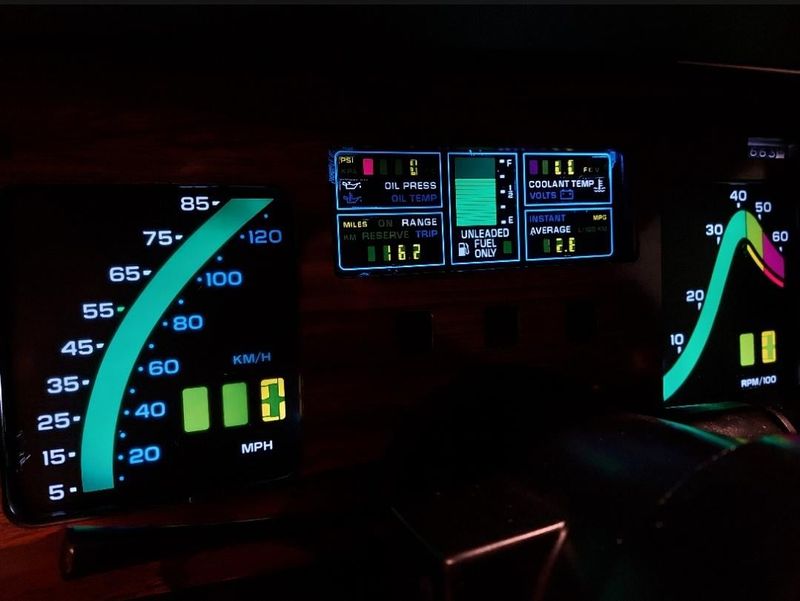
In the ’80s, the idea of a digital dashboard was revolutionary. Gone were the analog gauges, replaced by glowing digital screens that displayed everything from speed to fuel levels.
The futuristic look was all the rage, and it made you feel like you were piloting a spaceship rather than driving a car. These dashboards were not just about aesthetics; they also offered more precise readings.
Drivers enjoyed the sense of cutting-edge technology, feeling like they were part of a new era. However, some found the new digital readouts challenging to read in direct sunlight. Overall, the digital dashboard was a hallmark of innovation.
2. Pop-Up Headlights

One of the most iconic features of 1980s cars, pop-up headlights were the epitome of cool. These lights would retract into the car when not in use, creating a sleek and aerodynamic front end. Popularized by models like the Corvette and the Mazda RX-7, they became a hallmark of ’80s automotive design.
Pop-up headlights were not only stylish but also functional, improving the car’s aerodynamics. Their unique design captured the essence of the decade’s penchant for futurism. Although maintenance could be tricky, the distinctive appearance was well worth it for many car enthusiasts.
3. T-Bar Roofs

The T-bar roof, a feature commonly seen on sports cars like the Chevrolet Corvette and Toyota Supra, offered a unique open-air experience without fully converting to a convertible. The removable glass panels in the roof made it easy to enjoy the sun while maintaining a coupe’s structure.
T-bar roofs were beloved for providing the thrill of open-air driving combined with the safety of a hardtop. Installing and removing the panels was straightforward, though not without risks of leaks if not secured properly. Despite these quirks, T-bar roofs represented freedom and style in one package.
4. Power Seats

In the 1980s, the luxury of power-adjustable seats made its way into more affordable vehicles. These electric seats allowed for easy adjustments of the backrest, seat height, and tilt, offering a level of comfort previously reserved for high-end models.
Power seats became a norm in more cars, bringing personalized comfort to daily commutes. Drivers could now fine-tune their seating position with the touch of a button, enhancing driving pleasure.
While these seats added a layer of sophistication, they also marked the start of cars becoming more about comfort than mere transportation.
5. Cruise Control

Though not exclusive to the ’80s, cruise control became far more widespread during the decade. It allowed drivers to maintain a constant speed without having to keep their foot on the accelerator, making long drives far more relaxing.
This feature was especially popular for long-distance travelers, reducing driver fatigue considerably. As more manufacturers included cruise control in their vehicles, it became a staple for highway driving.
With simple controls, it offered a glimpse into the future—where technology would play a crucial role in enhancing driving experiences.
6. Anti-Lock Braking System (ABS)
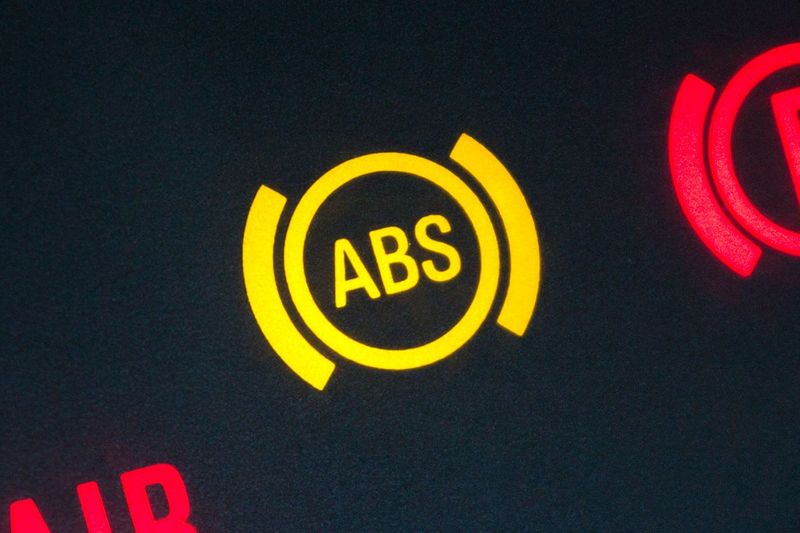
ABS technology, which helps prevent wheels from locking up during hard braking, began to make its way into more mainstream cars in the ’80s. While it wasn’t standard on all models, its introduction was a significant leap toward improving vehicle safety.
Drivers could brake harder without fear of skidding, maintaining control even in slippery conditions. As awareness of vehicle safety grew, ABS became a desirable feature, influencing future automotive safety standards.
The ’80s marked the beginning of a safety-conscious era in car design, with ABS leading the way.
7. Funky Two-Tone Paint Jobs
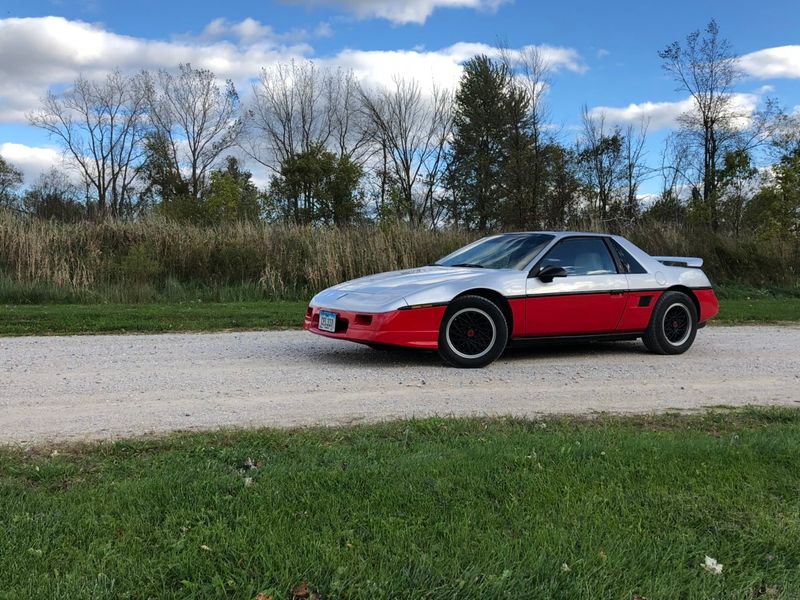
Two-tone paint jobs became a fashion statement in the ’80s, with cars featuring bold color combinations like white and navy blue or metallic and matte finishes. This aesthetic was most popular on models like the Chevrolet Camaro and Ford Thunderbird.
These paint jobs allowed owners to express individuality, turning heads wherever they went. The contrasting colors added flair and sophistication, capturing the artistic spirit of the decade.
However, maintaining these finishes required special care, as mismatched repairs could mar the visual harmony. Nevertheless, two-tone paint jobs are fondly remembered as an ’80s classic.
8. Integrated Stereos
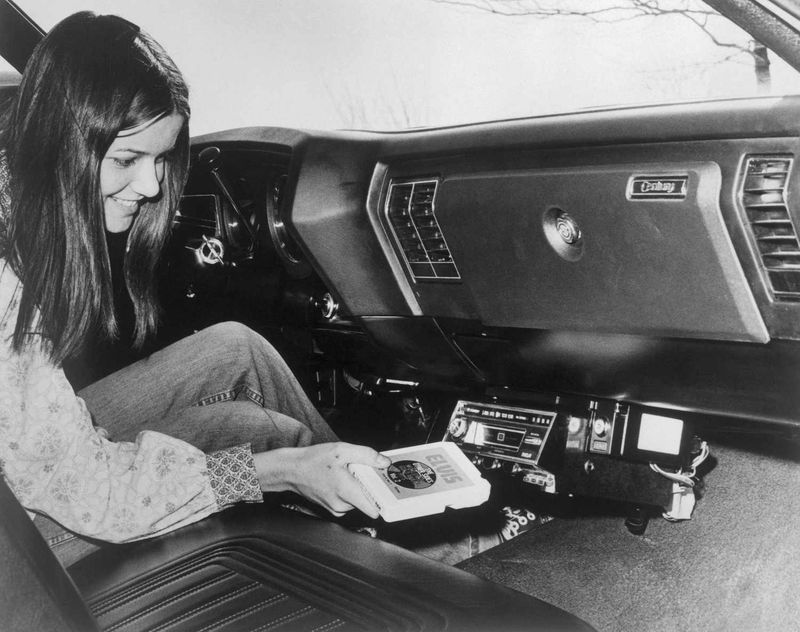
In-car entertainment underwent a revolution in the ’80s, with the introduction of integrated stereo systems that included AM/FM radio, cassette players, and even CD players toward the end of the decade. These systems were more streamlined and user-friendly than the aftermarket alternatives.
Music lovers could enjoy quality sound on the go without the hassle of installing bulky equipment. The seamless integration of these stereos enhanced the aesthetic of car interiors, making drives more enjoyable.
Whether cruising to rock classics or pop hits, integrated stereos turned every trip into a musical journey.
9. Electric Mirrors

Electric mirrors became standard in many vehicles during the ’80s, replacing manual side mirror adjustments. With the push of a button, you could now adjust your side mirrors for optimal visibility—making driving a bit easier and more convenient.
This advancement was part of the broader trend towards enhancing driver comfort and convenience. Adjusting mirrors without leaning over or rolling down windows was a small luxury that made a big difference.
As a result, electric mirrors further cemented the move towards more technology-driven automobiles, setting the stage for future innovations.
10. Remote Keyless Entry
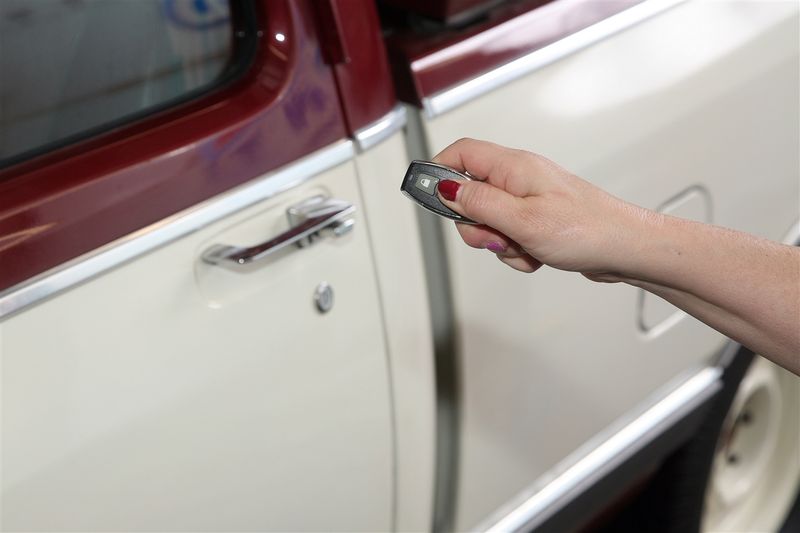
Remote keyless entry systems were introduced in the ’80s, allowing drivers to unlock their cars from a distance without having to physically use a key. This feature added convenience and security to the vehicle ownership experience.
Drivers enjoyed the added benefit of accessing their vehicles quickly and effortlessly, especially in adverse weather. It also reduced the risk of locking keys inside the car.
As keyless systems evolved, they became an indispensable feature, highlighting the decade’s focus on blending convenience with modern technology.
11. Headlight Washers
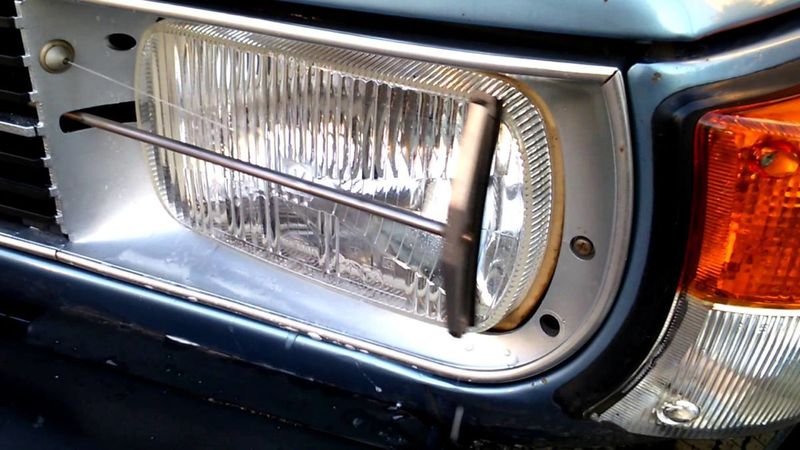
Headlight washers, popularized on European luxury cars like the Mercedes-Benz 500 SEC, were a fun yet functional feature in the ’80s. They helped to keep headlights clean and functioning at their best, especially during bad weather conditions.
These washers were particularly useful in regions with frequent rain or snow, improving safety by ensuring clear visibility. While not a necessity for all, they added a touch of luxury and practicality.
Headlight washers exemplified the era’s tendency towards blending functionality with style, enhancing the overall driving experience.
12. Hood Vents

Hood vents, often seen on muscle cars and performance models, weren’t just for show in the ’80s. They were designed to help cool the engine by allowing air to flow directly through the engine bay, making them both a stylish and functional feature.
These vents reduced the risk of overheating, particularly in high-performance vehicles, and added a rugged, aggressive look. Car enthusiasts appreciated the combination of practicality and aesthetics, as properly designed vents could boost performance and longevity.
Hood vents became a staple for those seeking both style and speed.
13. Fog Lights
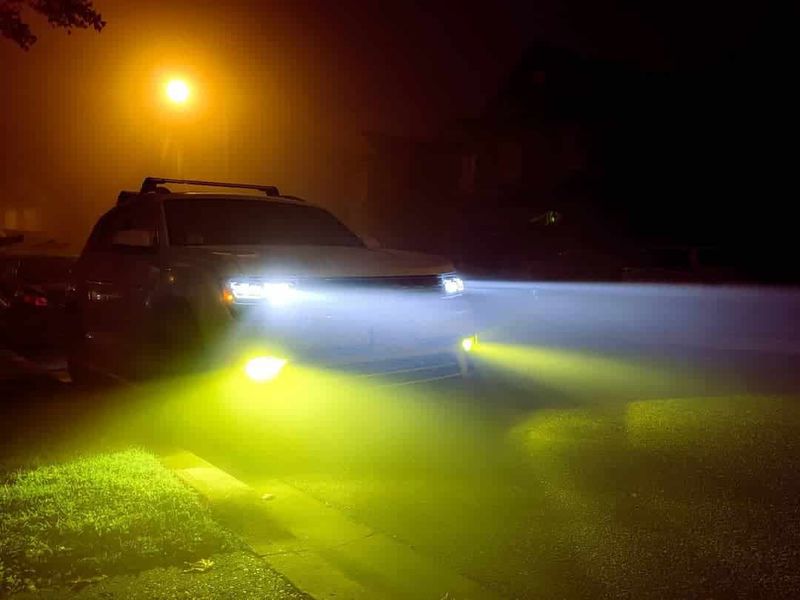
Fog lights became more common in the ’80s, designed to improve visibility in adverse weather conditions like fog, rain, or snow. Often mounted lower on the vehicle, these lights helped drivers navigate safely in tough conditions.
Providing a wider and shorter beam of light, fog lights were instrumental in reducing glare and illuminating the road. They helped drivers feel more secure, knowing they had an added layer of visibility.
The introduction of fog lights was a critical step in enhancing nighttime and poor-weather driving safety, embodying the era’s focus on innovation.
14. Electric Windows
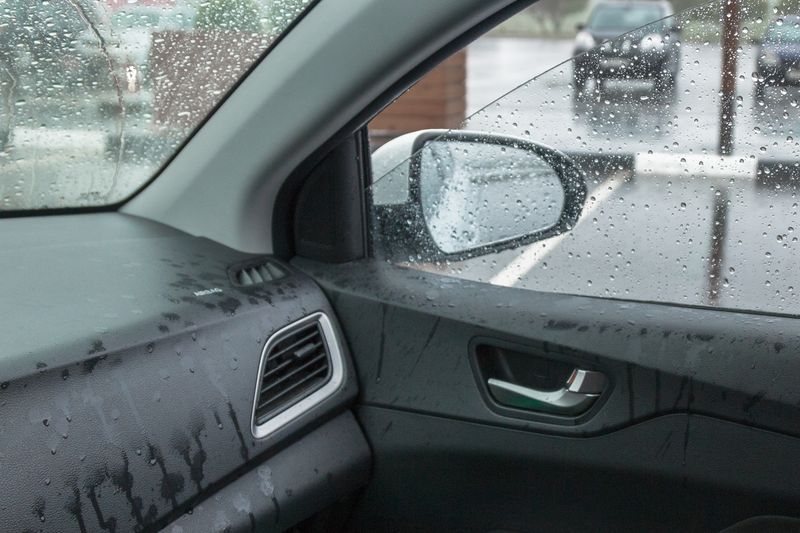
While electric windows weren’t new by the ’80s, they became a standard feature on many cars during the decade. No longer did drivers and passengers have to rely on cranking the window up and down; with the push of a button, the window could go up or down instantly.
The convenience brought by electric windows was unmatched, significantly improving the driving and passenger experience. It represented a shift toward more user-friendly automotive designs, eliminating the manual labor of window operation.
As electric windows became more reliable, they set a new standard for comfort in vehicles.
15. Voice Activation (In Some Models)
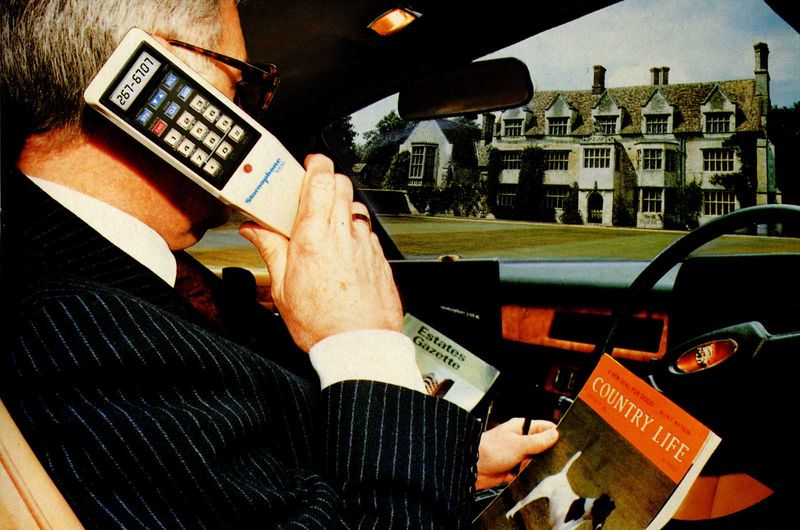
Believe it or not, some of the more advanced luxury cars from the ’80s featured voice-activated systems for certain functions like locking doors or operating the stereo. It was one of the first glimpses into the future of car technology.
This early form of voice control paved the way for today’s smart car features, although its functionality was limited at the time. Despite the novelty, these systems captured imaginations, hinting at a future where speaking to your car could become commonplace.
Voice activation was a testament to the decade’s push for futuristic innovations.
16. Automatic Seatbelts
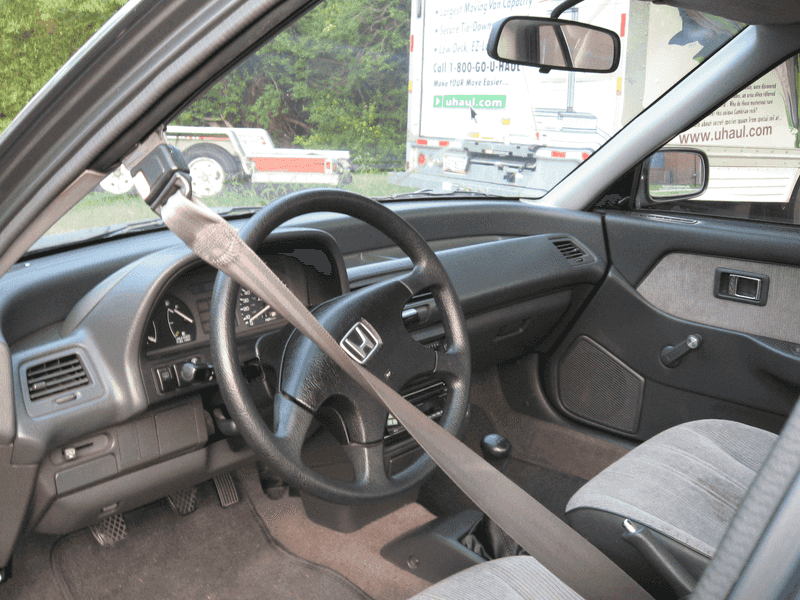
In response to safety regulations, automatic seatbelts were introduced in the ’80s. These seatbelts would automatically extend across the driver and front passenger as soon as the door was closed, providing added safety even if the occupants forgot to buckle up manually.
Though sometimes considered cumbersome, they marked a significant advancement in automotive safety. Automatic seatbelts highlighted the growing emphasis on passive safety features during the decade.
This innovation reflected a shift towards more comprehensive safety solutions, aiming to protect passengers with minimal effort on their part.
17. Quarter Windows
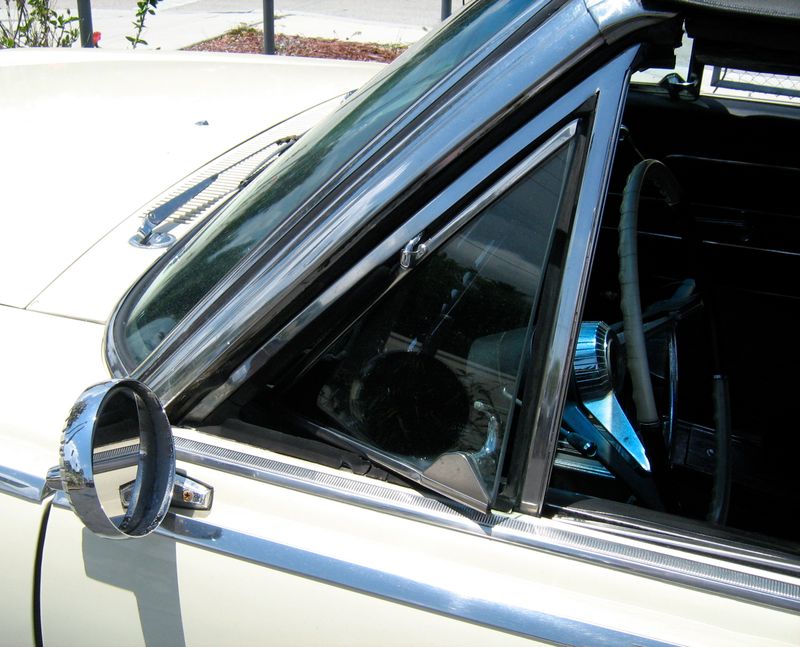
The ’80s saw a resurgence in the use of quarter windows, which were small, rear-side windows often seen in sports coupes and sedans. These windows allowed for better visibility and a distinctive aesthetic.
Quarter windows added an element of style and functionality that many drivers found appealing. They helped reduce blind spots, improving safety during lane changes and parking.
While not a revolutionary feature, quarter windows were a nod to thoughtful design, merging aesthetics with practicality. Their presence added a touch of elegance and nostalgia to ’80s vehicles.
18. Tachometers and Digital Speedometers
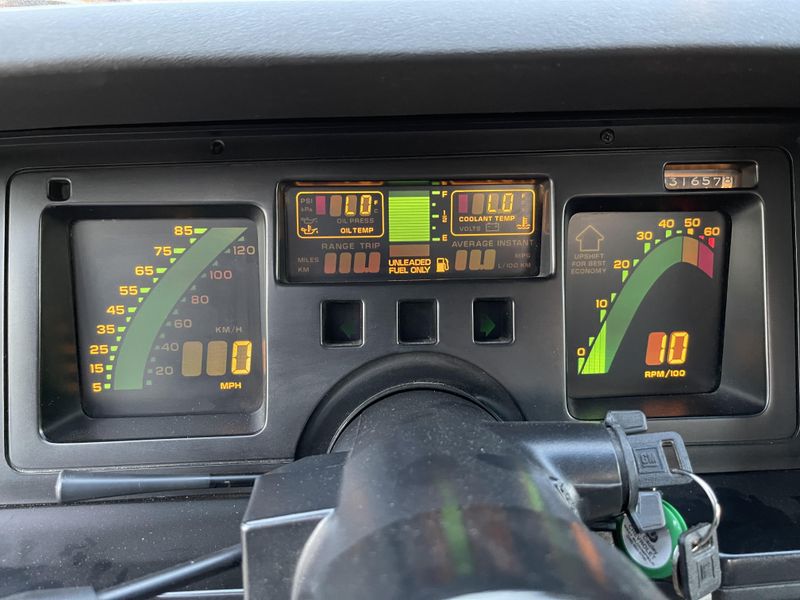
Though analog tachometers and digital speedometers were already around, the ’80s saw a boom in their use. Vehicles that were marketed as sporty often came with highly detailed digital speedometers or tachometers, providing a futuristic feel and more accurate data.
These instruments offered drivers precise performance metrics, enhancing the driving experience. The bright digital readouts became synonymous with high-tech car interiors, appealing to those who valued both style and function.
This trend underscored the ’80s focus on innovation, setting the stage for future developments in automotive instrumentation.
19. Rear Spoilers
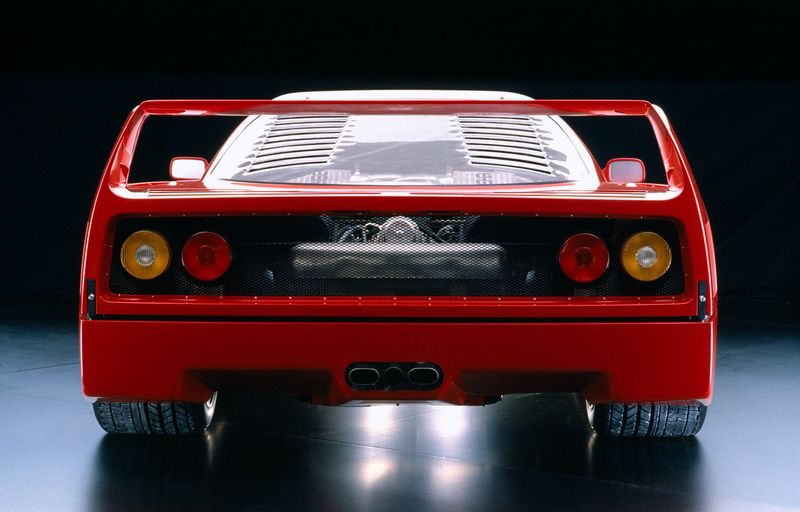
Rear spoilers were not just for performance cars in the ’80s—they became a common feature across many vehicles. Aesthetic spoilers were often added to give cars a sportier look, while functional ones improved aerodynamics and stability.
The addition of spoilers reflected the era’s fascination with motorsport styling, even in everyday vehicles. Car owners enjoyed the visual appeal and the promise of enhanced performance.
While actual performance gains varied, spoilers became an iconic element of ’80s car design, embodying the decade’s love for speed and style alike.
20. Tilt Steering Wheels
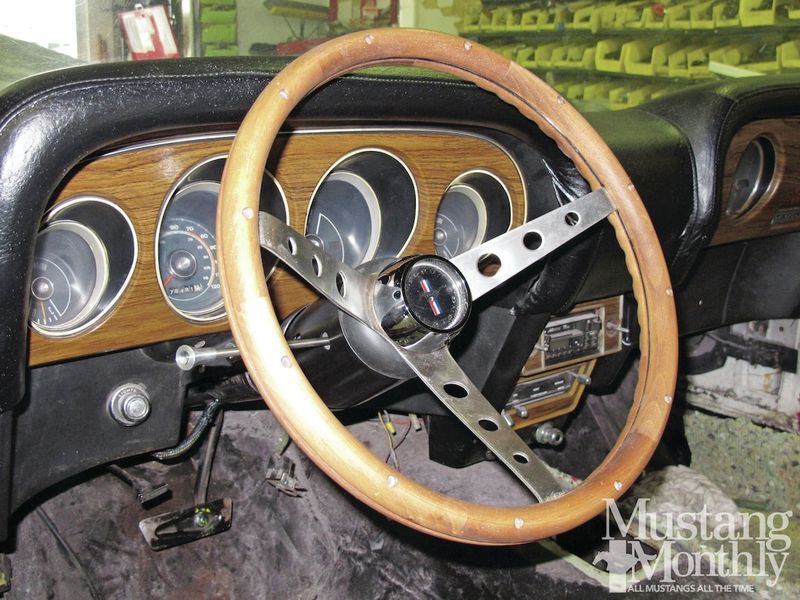
The tilt steering wheel made its debut in the ’80s, allowing drivers to adjust the steering wheel’s angle to better suit their comfort. This feature added convenience, especially for drivers who shared their car with others.
The ability to customize the steering position improved driving ergonomics significantly. Adjustments could be made quickly, accommodating drivers of different heights and preferences.
Tilt steering wheels symbolized the shift towards more driver-focused features, enhancing comfort without compromising control. This innovation set a precedent for the ergonomic designs we see in modern vehicles.
21. Integrated Phone Systems (In Some High-End Cars)
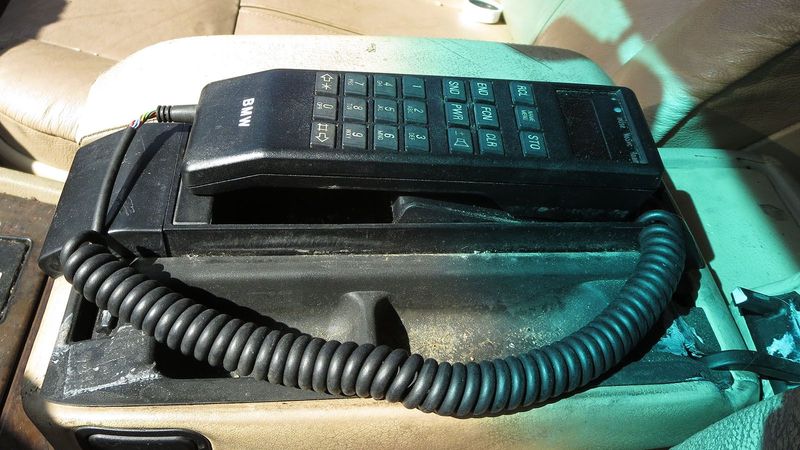
In the ’80s, high-end luxury cars like the Cadillac Seville and the Lincoln Town Car offered integrated mobile phones as an option. Though bulky by today’s standards, they were cutting-edge technology at the time.
Having a phone in the car symbolized prestige and convenience, allowing drivers to stay connected while on the road. It marked the beginning of in-car connectivity, a trend that has only grown with advancements in mobile technology.
Integrated phone systems were a bold step towards the future, reflecting the decade’s penchant for luxury and innovation.
22. Dual Climate Control

Dual climate control, often found in higher-end cars, allowed drivers and passengers to set separate temperature preferences. This feature made long drives far more comfortable for everyone inside the vehicle.
Passengers could enjoy personalized comfort, reducing disputes over ideal cabin conditions. Dual climate control was a hallmark of luxury, emphasizing the importance of passenger satisfaction.
This advancement laid the groundwork for the sophisticated climate systems available today, highlighting the ’80s focus on enhancing the driving experience through technology and comfort.
23. All-Wheel Drive (AWD) on More Models
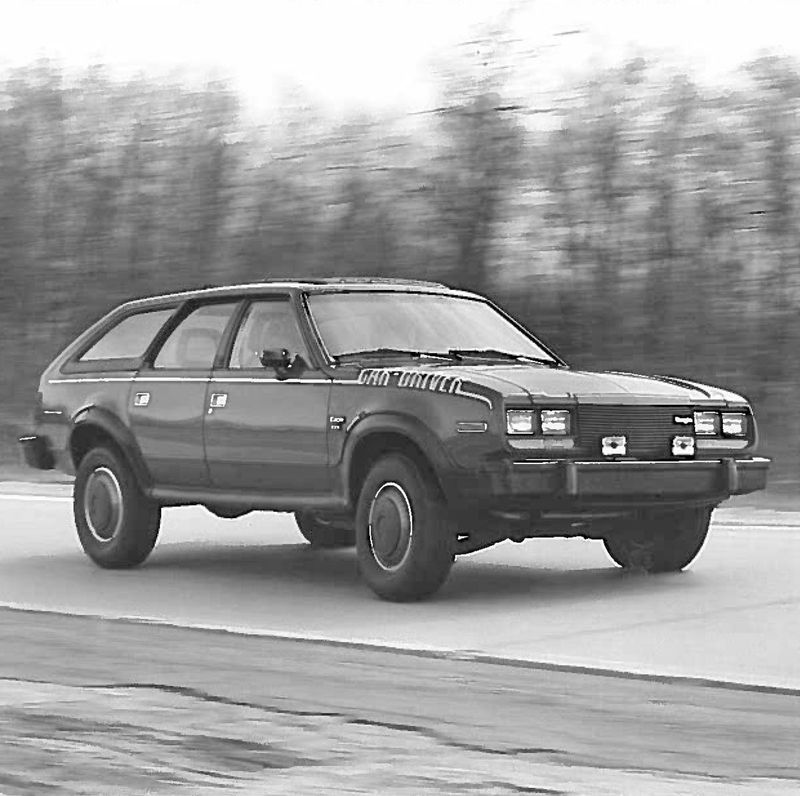
AWD, once limited to off-road vehicles, became available in more mainstream models in the ’80s. This technology provided better traction and stability on various terrains, giving vehicles a performance edge.
Drivers appreciated the enhanced handling and confidence offered by AWD, particularly in challenging weather conditions. The availability of AWD in everyday cars marked a shift towards more versatile vehicle design.
It was a testament to the era’s focus on performance and adaptability, proving that cars could be both practical and fun to drive in diverse environments.
24. Speed-Sensitive Power Steering
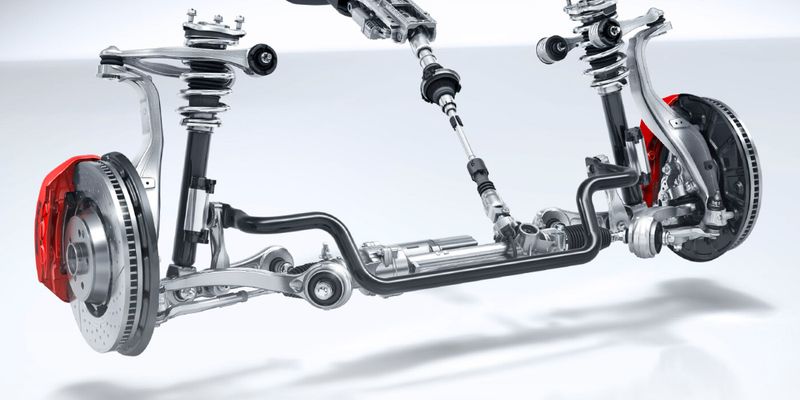
Speed-sensitive power steering became more common during the ’80s. This feature adjusted the amount of steering assistance based on the vehicle’s speed, offering a lighter touch at low speeds and more responsive handling at higher speeds.
This innovation improved vehicle control, enhancing the driving experience by providing the right amount of assistance when needed. It allowed for easier maneuvering in tight spaces and stable control on open roads.
Speed-sensitive power steering was another step towards more intuitive vehicle operation, underscoring the decade’s commitment to combining technology with driving pleasure.
25. Dual Exhausts
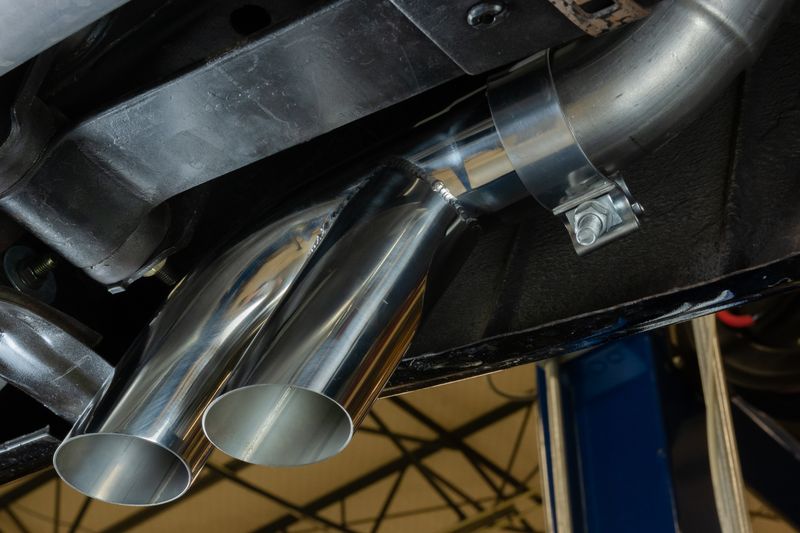
Dual exhausts, typically found on performance cars, became more popular in the ’80s. They not only provided a sporty exhaust note but also helped improve the car’s performance by allowing for better airflow.
The visual appeal of dual exhausts was undeniable, adding to the aggressive look of sports models. Beyond aesthetics, they contributed to enhanced engine efficiency and power output.
As fuel efficiency and performance became key selling points, dual exhausts embodied the era’s focus on speed and style, becoming a sought-after feature for enthusiasts.
26. Aerodynamic Body Shapes
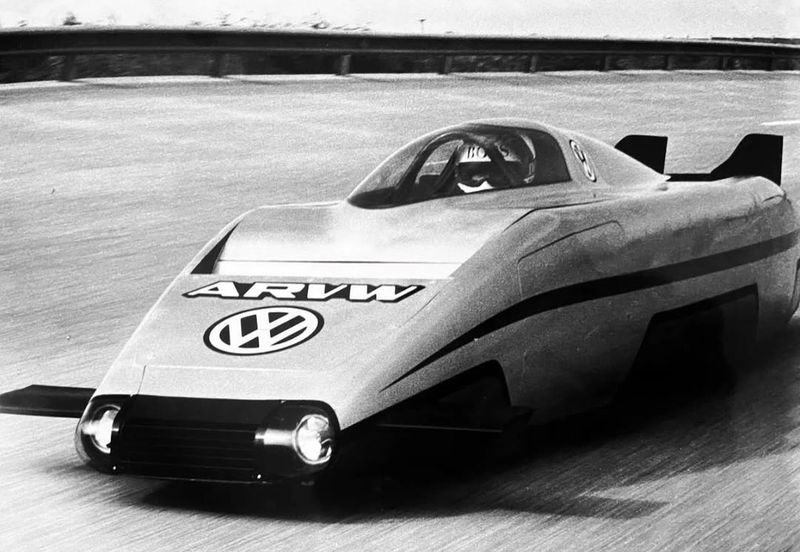
The ’80s marked a shift towards more aerodynamic car designs. Streamlined body shapes were developed to reduce drag and improve fuel efficiency, making cars look sleeker and more modern.
These designs were not only about aesthetics but also about performance. By minimizing air resistance, cars achieved better fuel economy and higher speeds.
The aerodynamic revolution in car design symbolized the decade’s push towards innovation, balancing style with practicality. As a result, these sleek shapes have influenced car design trends into the present.
27. Two-Tone Interiors
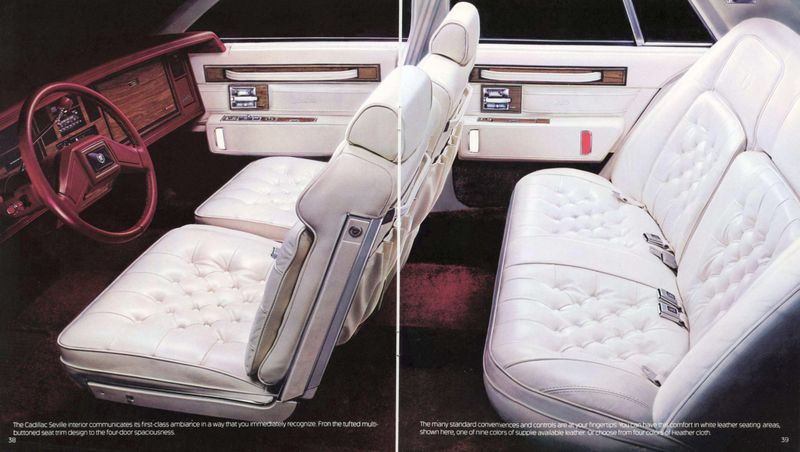
Many cars in the ’80s featured two-tone interiors, with contrasting colors for seats, trim, and dashboard elements. This style added a luxurious touch to car cabins, making them more appealing to buyers.
The visual contrast created a vibrant and inviting atmosphere, enhancing the driving experience. While maintaining such interiors required effort, the aesthetic payoff was significant.
Two-tone interiors reflected the decade’s penchant for bold design choices, resonating with those who appreciated detail and sophistication. They remain a nostalgic reminder of ’80s automotive flair.
28. Built-In Garage Door Openers

Some high-end cars of the ’80s included built-in garage door openers, allowing drivers to open their garage doors with the press of a button from inside their vehicle.
This feature exemplified convenience, letting drivers enter or exit their homes without leaving the car. It represented a forward-thinking approach to integrating home and car technology.
While seemingly small, this innovation added a layer of luxury and practicality, embodying the decade’s focus on improving everyday experiences. Built-in garage door openers paved the way for more sophisticated car-home integration.
29. Luxury Leather Seats
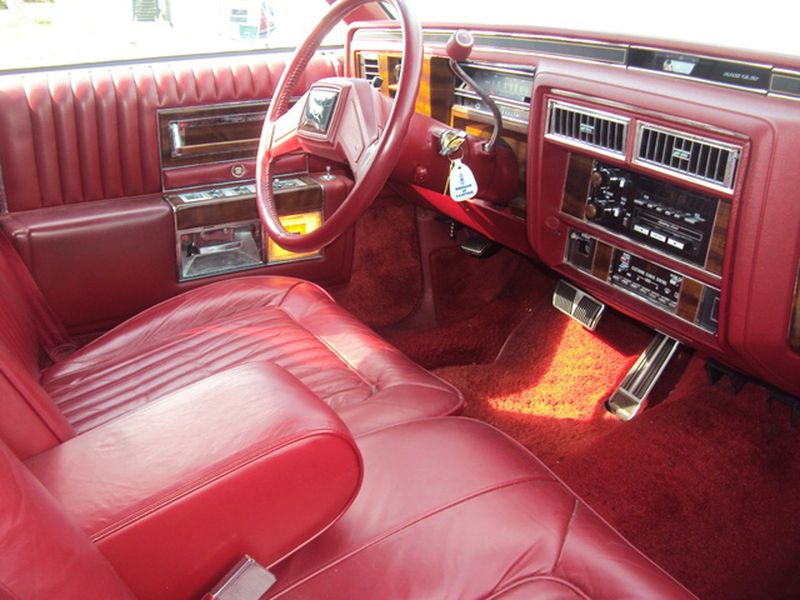
Leather seats became a common feature in many cars during the ’80s, not just for luxury models but also for mid-range cars. They offered a premium feel and were easier to clean than fabric seats.
Leather added a touch of sophistication and elegance to car interiors, appealing to those who valued style and comfort. The durability and ease of maintenance made leather an attractive option, elevating the overall driving experience.
As a staple of ’80s automotive design, leather seats reflected the era’s emphasis on luxury and practicality.
30. Convertible Roofs (On Some Models)
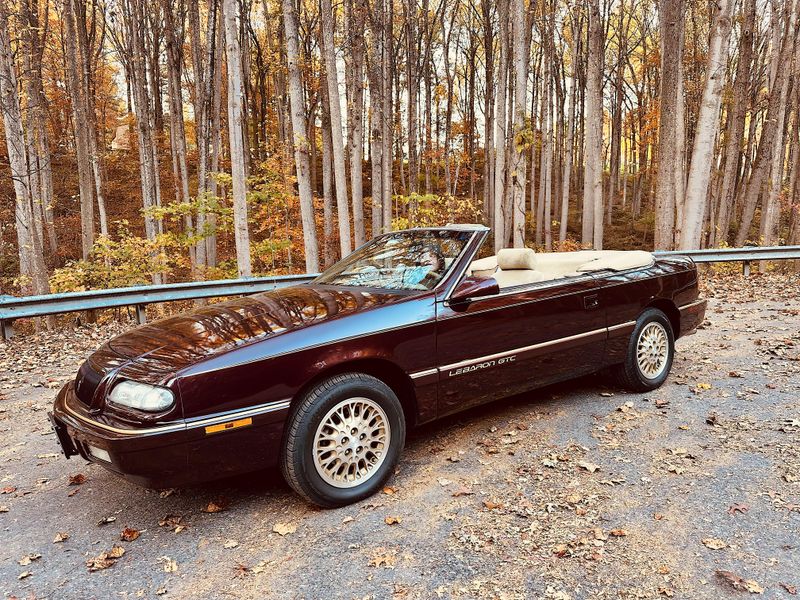
Though not new, convertibles continued to be popular in the ’80s. The decade brought about sleek, automated convertible tops, which were easier to operate than ever before, making open-air driving more accessible to everyone.
The joy of driving with the top down was enhanced by improved mechanisms, offering both convenience and style. Convertibles epitomized freedom and adventure, becoming a symbol of leisurely drives and sunny days.
This resurgence in popularity highlighted the ’80s love for fun and innovation, marking a period where technology met lifestyle seamlessly.
31. LED Tail Lights

LED technology began to find its way into cars in the ’80s, especially for tail lights. These lights were brighter, more energy-efficient, and longer-lasting compared to traditional bulbs.
The introduction of LEDs marked a significant advancement in automotive lighting, improving visibility and safety. Their long lifespan and energy efficiency set a new standard, gradually becoming a preferred choice.
LED tail lights showcased the ’80s commitment to technological improvement, laying the groundwork for modern lighting solutions found in today’s vehicles.
32. Cassette Decks with Auto-Reverse
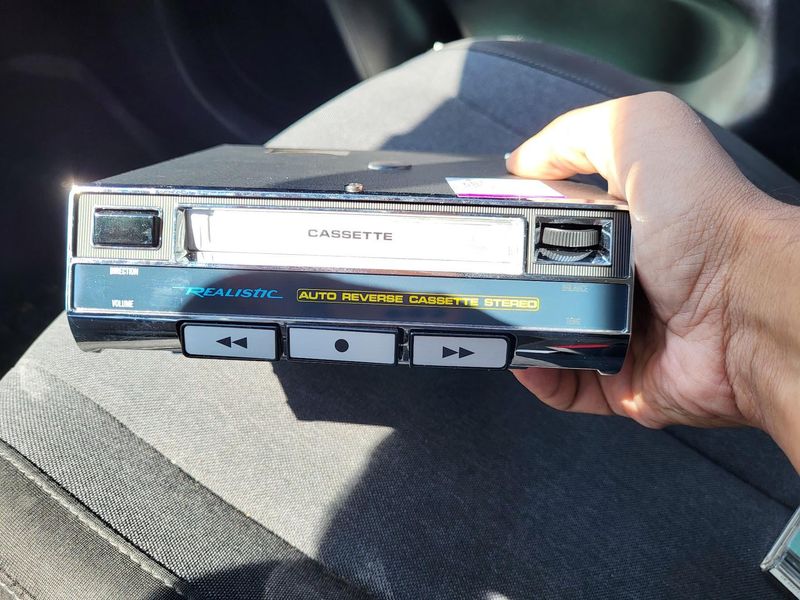
The 1980s saw the rise of cassette decks with auto-reverse, revolutionizing in-car entertainment. This feature allowed tapes to be played continuously without manual flipping, providing a seamless listening experience.
Music lovers appreciated the convenience of uninterrupted playlists, making long drives more enjoyable. Auto-reverse tape decks became a must-have feature for anyone who enjoyed in-car audio entertainment.
This innovation marked a significant development in car audio systems, setting the stage for future advancements in music playback technology.
33. Car Alarms
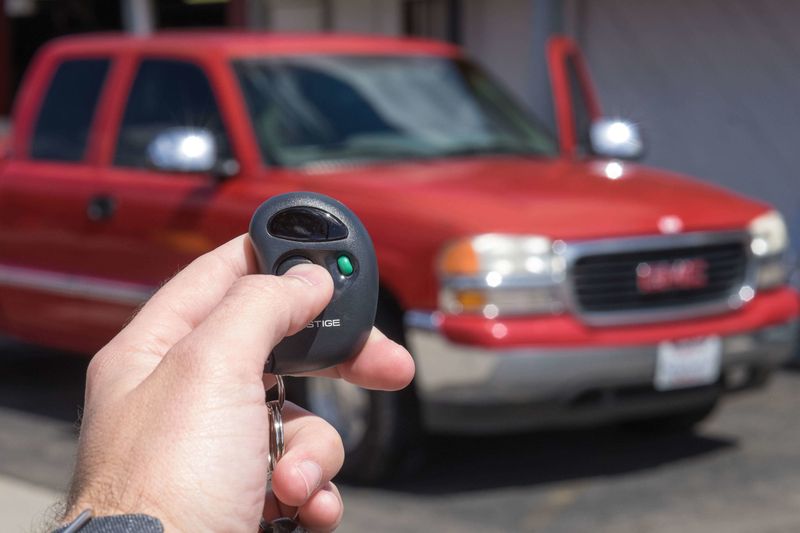
Car alarms became more widespread in the ’80s as a response to increasing car thefts. These systems would sound off if someone attempted to break into the car, offering peace of mind to vehicle owners.
As theft rates rose, the demand for security features grew, making alarms a popular choice. Although sometimes sensitive, leading to false alarms, they were a deterrent for potential thieves.
Car alarms highlighted the decade’s concern for safety and security, playing a crucial role in protecting valuable assets.
34. Fuel Injection

Fuel injection systems, which replaced carburetors in many cars, became standard in the ’80s. This technology improved fuel efficiency and engine performance while reducing emissions.
The transition to fuel injection marked a turning point in engine design, enhancing reliability and power output. It represented a significant leap towards modern automotive engineering, aligning with environmental and economic goals.
As a critical innovation of the decade, fuel injection paved the way for cleaner and more efficient vehicles, embodying the ’80s drive for progress.
35. Miniature Onboard Arcade Systems

In the 1980s, some cars came equipped with miniature onboard arcade systems, making road trips a nostalgic journey through pixels and beeps. These quirky features offered passengers a chance to engage in arcade classics directly from the dashboard.
With selections like “Pac-Man” and “Space Invaders,” these games were designed to entertain young passengers during long drives. The interface was simple, often featuring joystick controls embedded right next to air conditioning knobs.
This novel concept not only kept boredom at bay but also added a touch of futuristic charm to the driving experience, capturing the era’s love for technology and entertainment.
